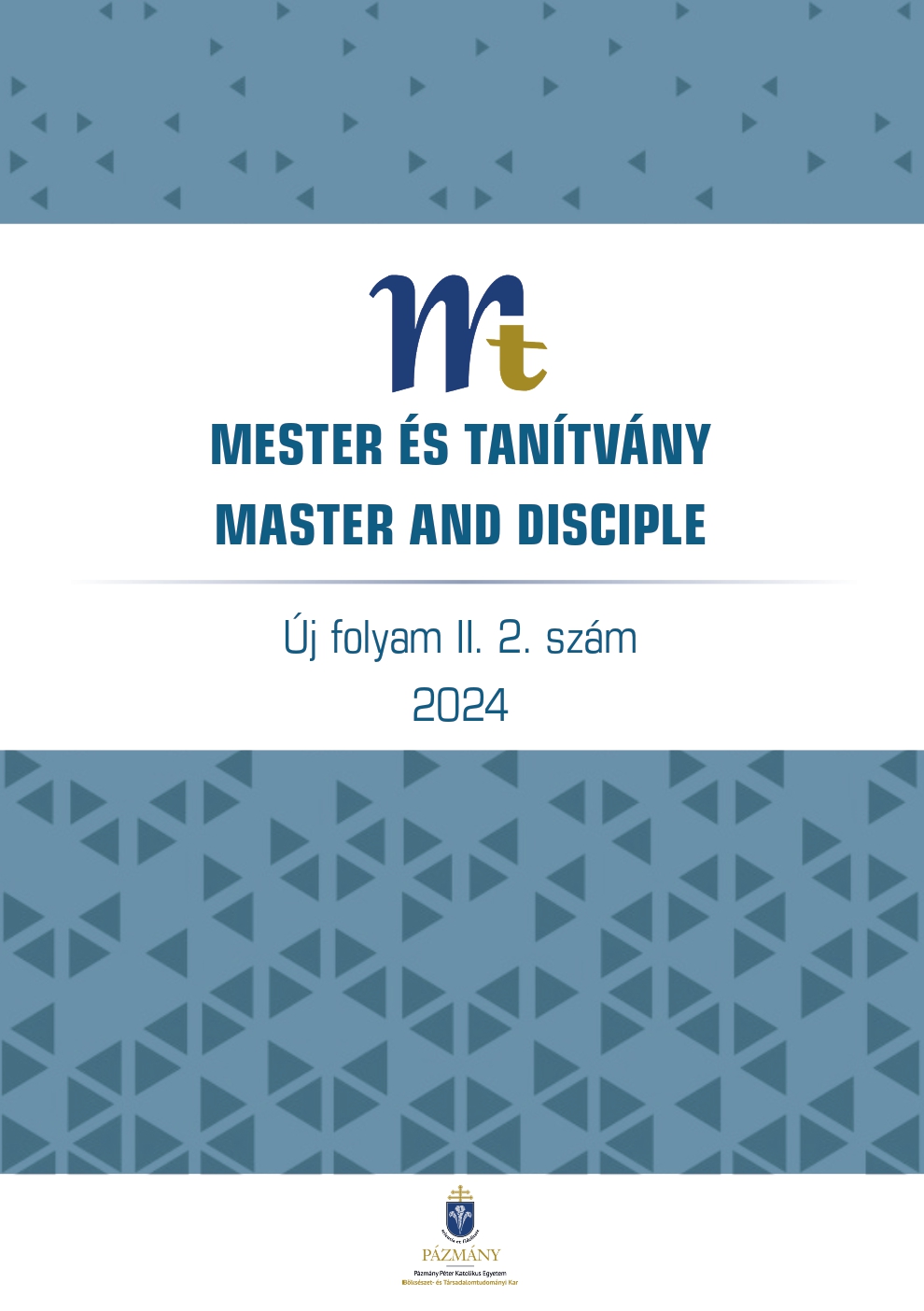Educational Environment, Virtual Learning Spaces and Game Spaces in Gamified Teaching and Learning
Published 07-01-2025
Keywords
- gamification, learning space, game space, professional commitment
Copyright (c) 2024 Emese Boksay-Pap

This work is licensed under a Creative Commons Attribution 4.0 International License.
Abstract
Future design and setup of virtual learning spaces will be substantially backed up by understanding the users’ preferences and attitudes. At present, educational researchers in the field of gamified instructional design focus predominantly on the relationship between the reward system, student motivation and performance. Seldom does such research pay attention to student motivation and commitment shaped by the aesthetics and arrangement of the learning spaces created in the virtual gamified educational environment, even though the intimate connection between human activity and space is common knowledge and the producers of highly popular video games such as Super Mario Bros., Professor Layton, and The Legend of Zelda make sure that their designers devise and develop games spaces in accordance with the players’ feedback on aesthetics. In the present article, I address the links between physical educational environments and the game-based learning spaces created in these environments by detailing the outcomes of a small scale longitudinal participatory/ exploratory study undertaken with the aim of calibrating the visual environment of game spaces to befit the needs of users and to support their work endeavours and work ethic. The by-product of the undertaking is an incipient semantic differential scale devised as a potential tool for assessing the aesthetics and appeal of virtual games spaces. The study benefitted from the contributions of 37 first- and second-year university students in the form of focusgroup interviews and diary entries. The outcomes indicate that the visual aesthetics of the game space included in the virtual educational environment can shape the participants’ task preferences. Willingness to act and a commitment to engage with the learning material is linked more to the perceived nature of the reward system.


